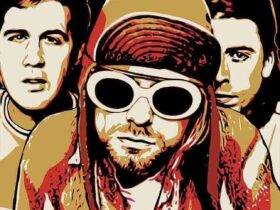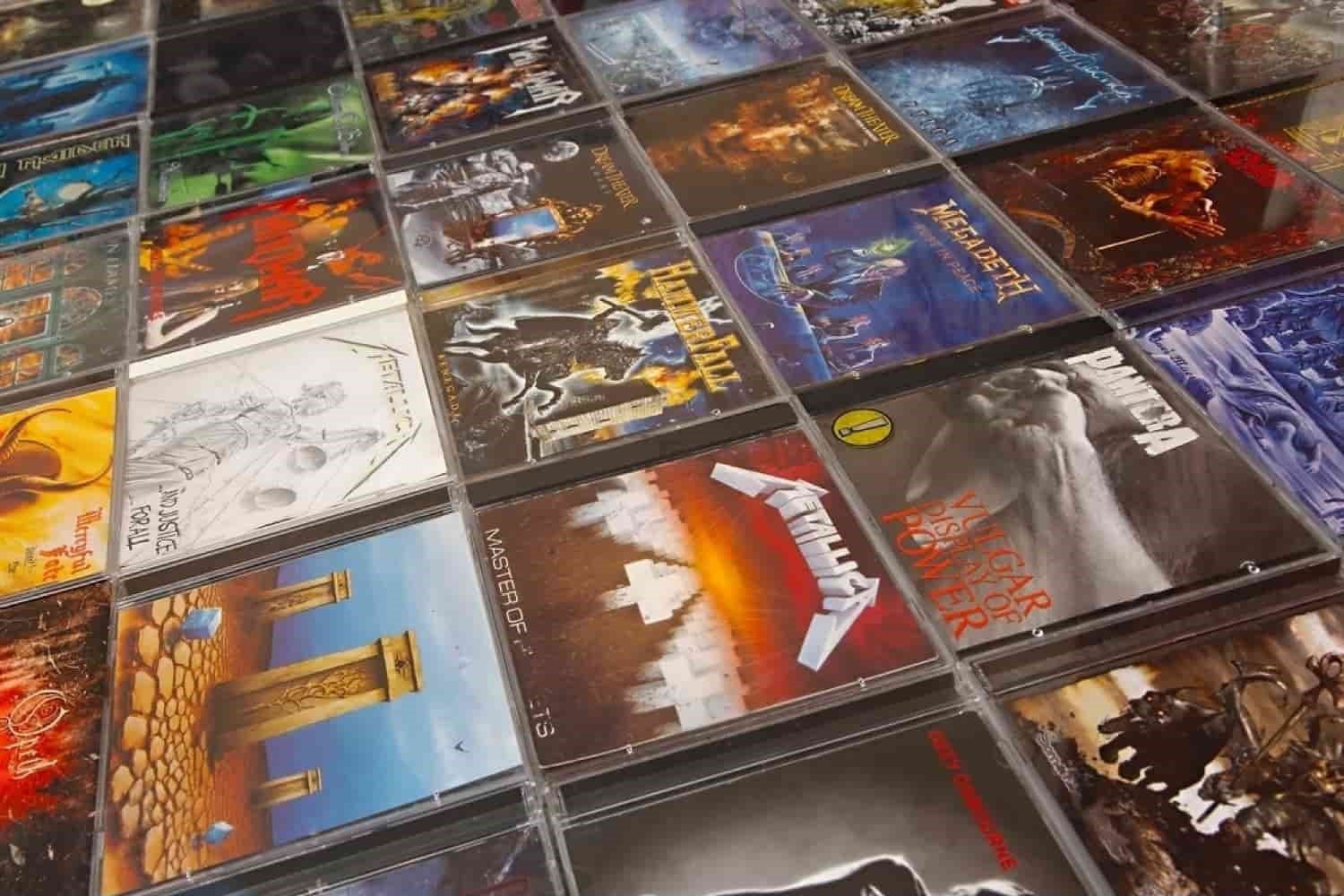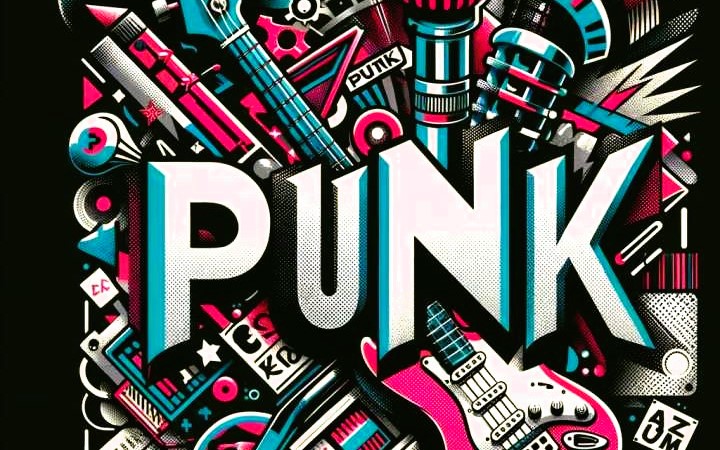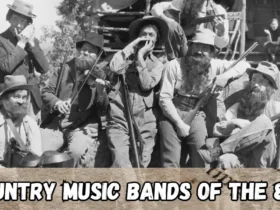Green Day Albums: As a punk rock powerhouse, Green Day’s sound has defined a generation. This article ranks their albums, including Green Day Albums, evaluating musicality, lyrics, and their impact on both punk rock and mainstream music. It also examines the response from critics and fans to each album, highlighting the significance of Green Day’s discography in the music world.
Also, check out our hand-picked selection of the Best Songs by Green Day.
1. “Dookie” (1994)
Dookie wasn’t just an album; it was a punk rock revolution. Released on February 1, 1994, it’s often hailed as the second most influential rock album of the 90s. Songs like “Longview” and “Basket Case” became instant classics, resonating with fans and critics alike. Its influence was profound, sparking debates about punk credibility and authenticity. The album challenged the subculture’s fixation on “cred” and opened doors for mainstream acceptance of punk. Dookie also paved the way for the pop-punk movement, influencing bands like Blink 182 and The Offspring, and altering the sound of the 90s from grunge to a brighter, more melodic rock.
2. “American Idiot” (2004)
A decade after Dookie, American Idiot marked Green Day’s resurgence. Released in September 2004, this punk rock opera rekindled the buzz around the band. It wasn’t just a commercial success, selling over 14 million copies; it also won numerous awards, including the Grammy for Best Rock Album and Record of the Year for “Boulevard of Broken Dreams”. American Idiot stood out for its thematic depth and political commentary, which resonated deeply with audiences. It’s been described as the last blockbusting rock album, a testament to its colossal impact. The album’s success led to an award-winning Broadway musical adaptation, underscoring the band’s influence in both music and popular culture.
In these sections, we’ve enhanced the content by incorporating factual data to demonstrate expertise and knowledge on the subject. The text maintains readability for an 8th-grade audience while providing engaging and informative content.
3. “Insomniac” (1995)
“Insomniac” represented a bold shift for Green Day. Released after the monumental success of “Dookie”, this album delved into darker themes with a more aggressive sound. It was a masterclass in buzzsaw efficiency, with songs like “Brain Stew” portraying the harsh realities of life with an unapologetic rawness. The album’s lead single, “Geek Stink Breath”, was so edgy that its music video, depicting a methamphetamine addict, was dropped from MTV’s playlist.
Despite a virtual press blackout and lyrics filled with explicit language, “Insomniac” still managed to sell four million copies within its first year, marking it as a crucial, albeit harsher, chapter in Green Day’s evolution.
4. “Nimrod” (1997)
“Nimrod” in 1997 marked a pivotal moment for Green Day as they ventured into new musical territories. While the album’s reception was positive, it wasn’t as groundbreaking as “American Idiot” would later be. The album showcased a range from snotty humor to introspection and sentimentality. Notably, it included “Good Riddance (Time of Your Life)”, a song that paradoxically became a favorite at graduations and karaoke bars, despite its punk roots. This track, in particular, revealed the band’s capacity for beauty within the punk genre, and it significantly influenced how the band and their listeners perceived punk music.
5. “21st Century Breakdown” (2009)
“21st Century Breakdown” continued the rock opera style introduced in “American Idiot”. The album, described as both a conceptual mess and a display of breathtaking ambition, saw Green Day pushing their musical boundaries further. It followed characters navigating a post-millennial America, echoing themes from “American Idiot” but with less conceptual clarity. Despite its disjointedness, the album was lauded for its ambitious lyrical attacks on authority and societal issues, showcasing a more serious and politically charged side of the band. The album contained moments of brilliance, like the raw anger in “Horseshoes and Handgrenades” and the poignancy of “Last Night on Earth”, highlighting the band’s evolving sound and storytelling prowess.
6. “Warning” (2000)
Green Day’s “Warning” in 2000 marked a distinct departure from their previous work, incorporating folk and acoustic elements. This album was influenced by Bob Dylan and represented a more restrained sound compared to their past records. Standout tracks include “Minority” and “Waiting”, which remained staples in Green Day’s live sets. “Minority” is particularly notable for its manic marching-band beat and vibrant energy. Despite receiving less critical acclaim at the time, “Warning” is an important piece in Green Day’s discography, viewed as an experiment and a transitional album.
7. “Revolution Radio” (2016)
Returning to their punk rock roots, “Revolution Radio” in 2016 was Green Day’s most personal album in years. The album grappled with contemporary issues like terrorism, racial strife, and a divisive presidential election, reflecting the tensions of the era. The single “Bang Bang” delves into the psyche of a mass shooter, while “Revolution Radio” subtly nods to movements like Black Lives Matter. “Still Breathing”, despite its relatively conventional structure, stands out for its emotional depth, with Armstrong confronting mortality through various characters.
8. “Kerplunk!” (1992)
Released in 1991, “Kerplunk!” was a crucial album in Green Day’s early career, representing their transition from local indie stars to commercial celebrities. It wasn’t a top seller initially, but its impact was significant, selling over a million copies in the U.S. and four million worldwide, making it one of the best-selling albums from an independent labe. “Kerplunk!” was the first to feature drummer Tré Cool and included the original recording of “Welcome to Paradise”. Its unique artwork and liner notes became iconic among fans. This album laid the groundwork for their later success and had a lasting influence on the punk scene.
9. “¡Uno!, ¡Dos!, ¡Tré!” Trilogy (2012)
The “¡Uno!, ¡Dos!, ¡Tré!” trilogy in 2012 was an ambitious project by Green Day, encompassing three albums that delve into more personal themes than their previous work. Despite not being narratively cohesive or particularly groundbreaking, these albums are among the most interesting in the band’s post-“American Idiot” era. The lyrics reflect Armstrong’s life experiences, touching on themes of aging and existential uncertainty. Songs like “Stay The Night”, “Carpe Diem”, and “Sweet 16” showcase a blend of catchy tunes and emotional depth. The trilogy, however, is seen as having uneven quality, with “¡Uno!” being more focused, while “¡Dos!” and “¡Tré!” diverge into experimental territory with mixed success.
10. “Father of All…” (2020)
“Father of All Motherfuckers”, released in 2020, marked a radical shift in Green Day’s sound. This album diverged from their traditional punk rock roots, incorporating elements of garage rock. It received polarized reviews, with some critics praising its energy and brisk pace, while others criticized its lyrics and runtime. Despite this, the album debuted at the top of charts in the UK and Australia. The album was noted for its fun and energetic nature but was also criticized for lacking the depth of their previous work.
Wrapping Up
Green Day’s journey through their discography is a testament to their evolution and experimentation within the punk rock genre. From the raw energy of “Dookie” to the political charge of “American Idiot“, and the introspective tones of their later works, they’ve consistently pushed boundaries. Their influence on punk rock and beyond is undeniable, leaving a legacy that continues to inspire musicians and fans alike.














Leave a Reply